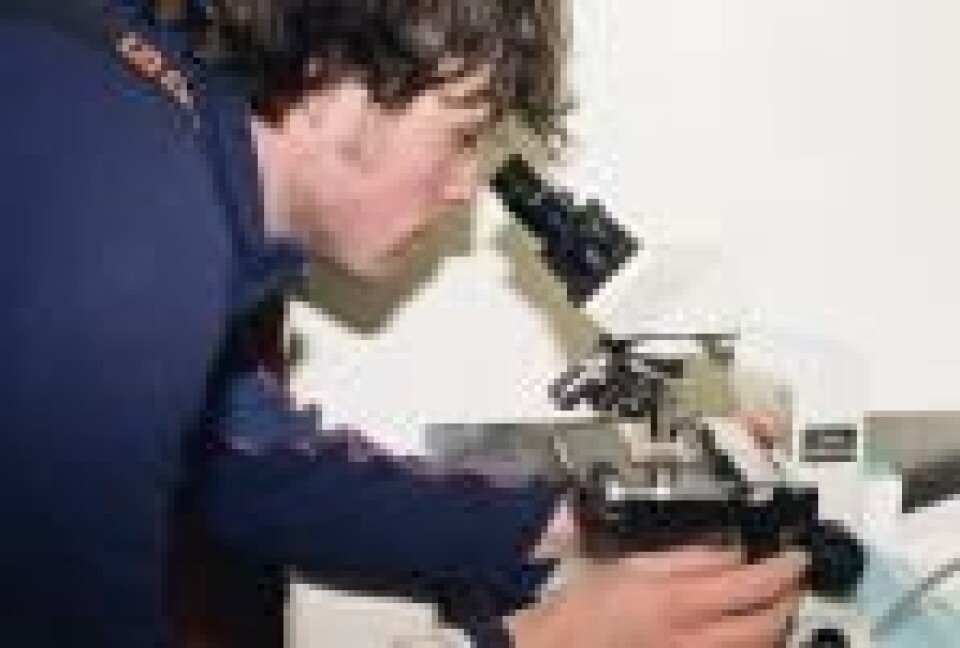
Salmon disease surveillance program to start in B.C.
When the Canadian government years ago wanted to introduce the National Aquatic Animal Health Plan (NAAHP), fish farmers in British Columbia agreed to the initiative based on the understanding that a comprehensive program for the surveillance of wild fish stocks was to be an integral part of the NAAHP. But while the fish farmers initiated a detailed program of diagnostics and fish health monitoring under a mandated requirement for site-specific Fish Health Management Plans, no routine monitoring or surveillance of pathogens and disease in wild fish stocks was ever initiated. A lot of noise by many critics of the aquaculture industry has now resulted in the announcement last week by the Canadian Food Inspection Agency (CFIA), which is seeking comments on a disease surveillance plan for salmon in British Columbia. According to the CFIA, “The aim of the surveillance is to get a comprehensive picture of the health status of salmon in British Columbia”. In a press release, the Agency provides more details, including the statement that the CFIA will also “evaluate ongoing, industry-led testing of farmed salmon”;
The Canadian Food Inspection Agency (CFIA), in collaboration with Fisheries and Oceans Canada (DFO), the province of B.C. and industry is implementing a surveillance initiative in British Columbia for infectious salmon anaemia (ISA), infectious haematopoietic necrosis (IHN) and infectious pancreatic necrosis (IPN). The objective of this surveillance initiative is to complement existing disease surveillance activities for salmon species by determining the status of the three viruses in anadromous salmonid populations of concern in BC. The evidence put forward through this surveillance plan will provide support to the protection of our aquatic resources and to trade.
The proposed sampling plan includes the collection of approximately 5,000 wild anadromous salmonids per year for a minimum of two consecutive years. Sampling is proposed to begin in the spring of 2012. Spring collection will target mostly pacific salmon fry. Summer and fall collection will target spawning pacific salmon and maturing adult fish. Collection will be carried out primarily between March and November. The species targeted are anadromous salmonids that are known to be susceptible to one or more of the three diseases of concern. These will be harvested directly from the wild, processing plants as well as from enhancement hatcheries in BC.
Coordination with existing fish collection programs will be utilized to bolster both the breadth of sampling and the cost-effectiveness of the sampling effort. Requirements for further disease surveillance in these populations will be determined following a review of this initial effort. Tests will be conducted at DFO’s national reference laboratories, or at any CFIA approved network laboratories, using internationally accepted testing protocols.
For farmed fish, the CFIA is currently conducting a quantitative evaluation of on-going testing initiatives in farmed populations. The requirements for additional surveillance in farmed fish will be established upon the completion of this evaluation. Specific needs for ongoing surveillance, in farmed and wild fish independently, as well as the effectiveness of alternative means of early detection systems such as active observational surveillance and mandatory notification, will occur following a performance review within the first two years of the plan’s implementation.
The reporting of any positive findings will be done by notification to the appropriate stakeholder and industry groups and to the World Organization for Animal Health (OIE) as per the agency reporting obligations. Findings will also be reported publicly via CFIA’s official web site. Surveillance findings and recommendations derived from the evaluation of ongoing programs will be used at the federal level for planning and regulatory purposes, including the implementation of appropriate disease control measures, in the event of a positive finding. They could also prove useful to other organizations for fish health management.






















































